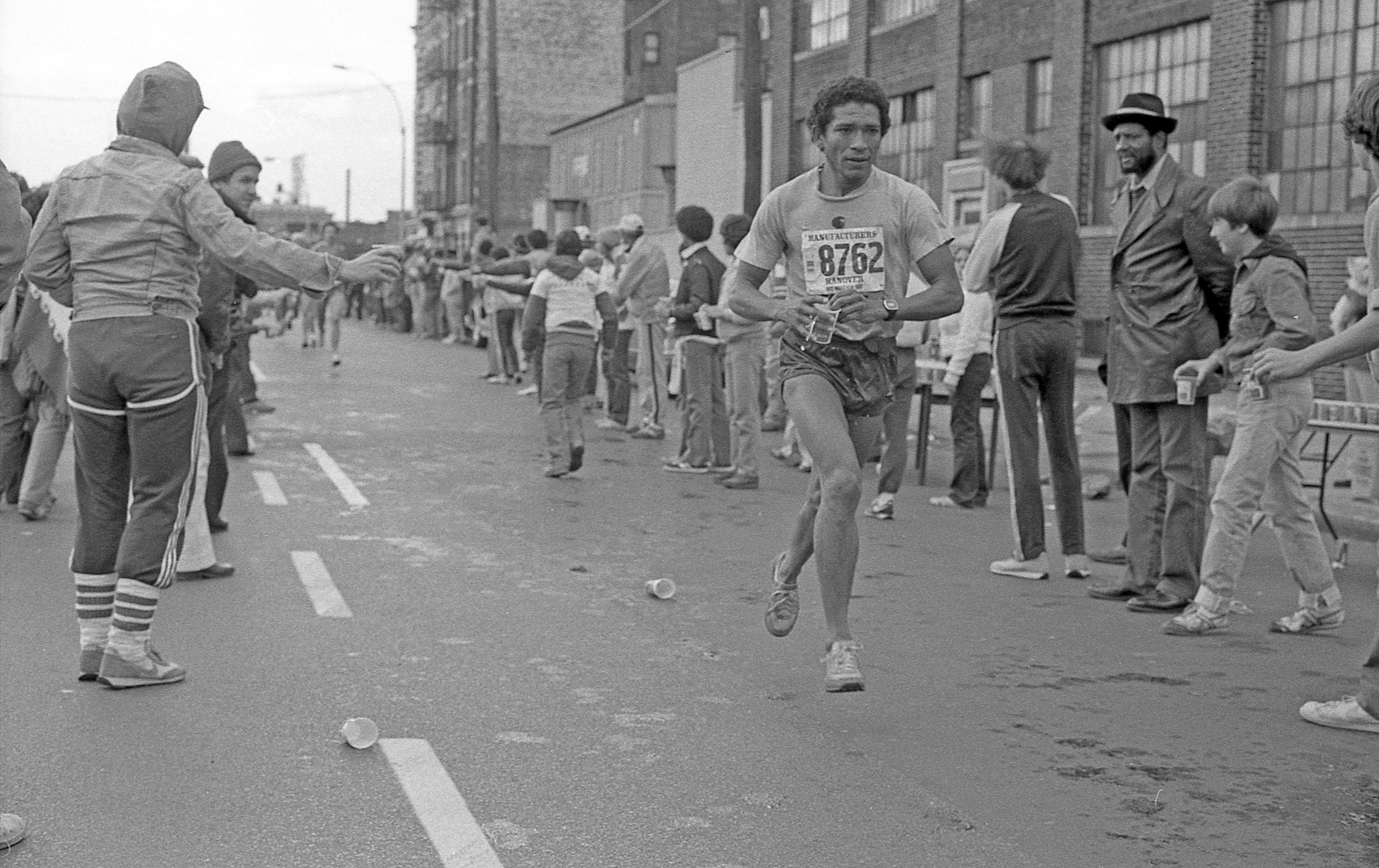
The Early Days
GARY CORBITT REFLECTS ON THE SPIRIT THAT FUELED THE NEW YORK MARATHON
WORDS BY GARY CORBITT
For me, the 50th Anniversary of the New York City Marathon is a time to reflect on the humble beginnings of the sport and a time to celebrate the inclusive culture that so many runners enjoy today. As a child and then a teenager, growing up in the epicenter of the New York running community, I got to know the volunteer officials and amateur athletes who helped start the races, clubs and organizations that power the Marathon today. Many of these names and stories have been lost to history, and it’s my goal to share what I have learned. My family moved to the Marble Hill Housing Projects, an integrated community that bordered Manhattan and the Bronx in 1955. This location allowed me easy access to the city’s best running venues and I became a fan of track & field and long-distance running. We lived just one mile from Van Cortlandt Park and its historic cross-country course. My comic books were the Long Distance Log and Track & Field News, which I read cover to cover for race results.
I had a unique front-row view to how the New York Road Runners (NYRR) evolved from its grassroots start into a 60,000 member running organization today. My late father Ted Corbitt was its first president. His primary goal was to provide more racing opportunities in the New York area, at a time when New England dominated amateur running. A member of the New York Pioneer Club, one of the most influential integrated athletic teams in the world co-founded by Mr. Joseph J. Yancey in 1936, my father was inspired by the club's inclusive culture to elevate the sport.
The early days of NYRR were a family affair. From 1959 to 1972, my father printed and edited a quarterly NYRR Newsletter from our kitchen table, using a mimeograph machine to make copies. I would pass out the newsletters at major races like the Cherry Tree and Yonkers Marathons. My mother would address newsletters and mail them out. Race entry forms and race day programs were also printed in our home.
My father helped to invent the sport of road racing. He worked tirelessly to develop a systematic nationwide standard for accurately measuring running courses across the country. He understood that in order to have a legitimate sport, records needed to be verifiable and a common measuring standard was essential. In 1964, he published a 41-page monograph “Measuring Road Running Courses” that launched this effort. It was printed on our kitchen table. His standards are still used today.
Before 1970 and the first New York City Marathon in Central Park, marathoning in the city began on a 4-mile looped course in the Bronx on Sedgwick Avenue near Yankee Stadium. The signature New York Marathon of that era was called the Cherry Tree Marathon. The first edition in 1959 had just 12 starters and only 6 finishers. My father won by over 20 minutes in 2:38:57. During these early years, large road races would have 35 to 50 runners and nearly everyone ran fast.
Racing was different back then and in many ways more challenging. The first generation of NYRR athletes would run the Boston Marathon and then just four weeks later race for the National Championship at the Yonkers Marathon, the hilliest course in the United States. These historic marathons started at noon for years; so hot days were brutal affairs. During these early years, many races had no water stops. But runners were used to challenging conditions. My father, who was known to run as many as 40-miles in a workday, often trained in casual dress shoes like loafers.
We’ve come a long way since the days when my parents printed NYRR newsletters on our kitchen table. But the passion and love that fueled their endeavors remain in the New York running community they helped to build. History is fragile and too easily lost. It’s my goal to keep these stories alive so that future runners might be inspired to continue their legacy.
Gary Corbitt documents this history of The New York Pioneer Club and African American distance runners dating back to 1880 at www.tedcorbitt.com.